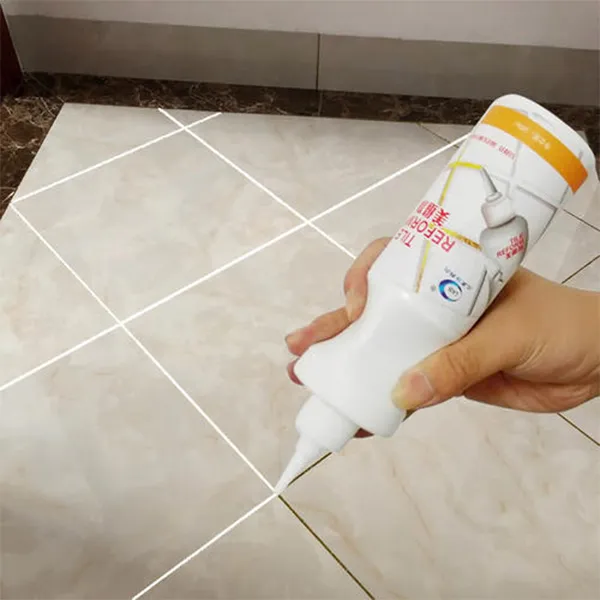Understanding HPMC 200000 CPS A Versatile Polymer in Industrial Applications
Hydroxypropyl Methylcellulose (HPMC) is a non-ionic, water-soluble polymer derived from cellulose. One of its most recognized grades is HPMC 200,000 CPS (centipoise). This particular grade is characterized by its high viscosity and ability to form gels, making it invaluable across various industries, including pharmaceuticals, construction, food, and cosmetics.
The Chemical Structure and Properties of HPMC
HPMC is synthesized through the chemical modification of cellulose, which is a natural polymer found in plant cell walls. The methoxy and hydroxypropyl groups introduced during processing enhance the solubility and chemical stability of cellulose. HPMC 200,000 CPS possesses a high molecular weight, which contributes to its ability to increase viscosity in aqueous solutions. This property is measured using centipoise (CPS), a unit indicating the viscosity of the fluid. A higher CPS value signals a thicker product, essential for specific applications.
Applications of HPMC 200,000 CPS
1. Pharmaceuticals
In the pharmaceutical industry, HPMC 200,000 CPS is frequently used as a binding agent, thickener, and stabilizer in the formulation of various drugs. Its ability to form viscous solutions is particularly important in ensuring adequate dispersion and controlled release of active pharmaceutical ingredients (APIs). Furthermore, HPMC can also serve as a film-forming agent in tablet coating, enhancing the tablet's appearance and protection from environmental factors.
2. Construction
The construction sector benefits significantly from HPMC 200,000 CPS, particularly in the production of cement and mortar. HPMC is added to enhance the workability and adhesiveness of construction materials. Its water-retaining properties help mitigate shrinkage during the curing process, leading to improved durability of the final product. Additionally, HPMC enhances the thixotropic behavior of materials, making them easier to apply while also enabling them to hold their shape without sagging.
hpmc 200000 cps

3. Food Industry
.
HPMC finds its role in the food industry primarily as a thickening agent, emulsifier, and stabilizer. Since it is non-toxic and has FDA approval for food contact, it is safely used in various food products, including sauces, dressings, and baked goods. The ability of HPMC to improve texture and mouthfeel makes it a desirable ingredient for manufacturers seeking to enhance product quality.
4. Cosmetics and Personal Care Products
In cosmetics, HPMC 200,000 CPS is utilized to create gels and creams, imparting a desirable viscosity and stability. It is commonly found in products such as lotions, shampoos, and conditioners. Its use ensures that these formulations remain consistent and do not separate, thereby enhancing user experience through improved texture and feel.
Advantages of HPMC 200,000 CPS
One of the significant advantages of HPMC 200,000 CPS is its versatility. It enables formulators to achieve desired rheological properties without impacting the overall performance of the product. The ability to modify viscosity across a wide range of concentrations allows for tailored formulations catering to specific applications. Additionally, HPMC is free of animal-derived components, making it suitable for vegan and vegetarian products.
Conclusion
In summary, HPMC 200,000 CPS is a powerful and flexible polymer with extensive applications across multiple industries. Its properties, such as high viscosity, solubility, and compatibility, make it indispensable for formulators aiming to create high-performance products. As demand continues to grow in fields ranging from pharmaceuticals to food processing, HPMC's role as a critical ingredient is poised to expand, highlighting the ongoing innovation and importance of this versatile compound in modern manufacturing. Its status as a reliable and effective polymer demonstrates the potential of cellulose derivatives in enhancing product performance across diverse sectors.
-
The Application and Significance of Construction RdpNewsMay.19,2025
-
Industrial Grade HpmcNewsMay.19,2025
-
Building Coating Adhesive Building Coating Adhesive HpmcNewsMay.19,2025
-
Application Of Hpmc For Detergent For Detergent In DetergentsNewsMay.19,2025
-
Application Of Hpmc Cellulose In Cement-Based MaterialsNewsMay.19,2025
-
Application Of High Quality Hpmc For Construction In The Field Of ConstructionNewsMay.19,2025




